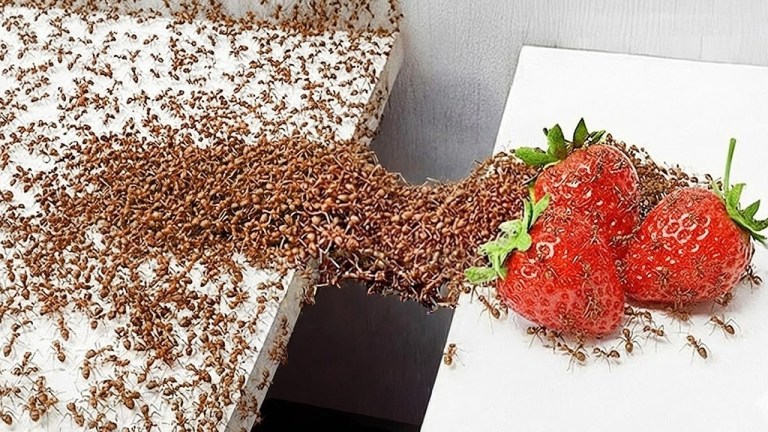How Grapefruit Helped to Grow South Florida in the 19th Century
Lance Geiger of The History Guy explained the odd history of grapefruit, noting that it was one of the major citrus fruits that brought business and people to the swampy, humid lands of South Florida in the 19th century.
It was Citrus growing and grapefruits in particular that allowed South Florida to grow. It was the citrus groves down there that enticed anyone to even bother with the broiling humid swampy hurricane ridden malaria region in the late 1800s. Railroads were constructed to deliver the Citrus and grapefruit was a huge part of this.
Geiger also notes how the grapefruit became very popular as a diet food in the 20th century. While scientists later found out that there was some validity to grapefruits helping insulin levels, it started out and was reinforced as a trend.
The fruit’s popularity has partly been driven by grapefruit diets which have been around under names such as the “Hollywood Diet” and the “18-day diet” and and popularized by the 1933 James Cagney film “Hard to Handle” comedy about a con man which has a subplot where he promotes a grapefruit diet to drive up the price of grapefruits.
Sales of grapefruit sadly declined in the early 21st century when it was found during a study that grapefruit could lethally interact with certain medications, including statins for cholesterol treatment.
The result was the discovery that grapefruit, owing to a chemical in the fruit in uniquely high concentrations that protects it from fungal infections, binds to an enzyme that breaks down pharmaceuticals and thus significantly increases the absorption of them…grapefruit in effect makes it easier to absorb the drugs and for some popular prescriptions can then lead to an even possibly lethal overdose






